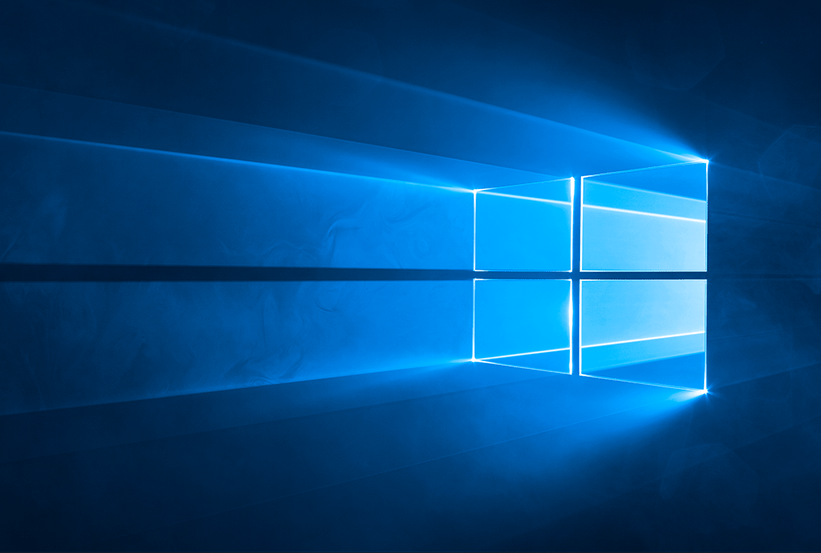Windows 10 has had a difficult first year in the world. Although the operating system itself has been generally praised, concerns over privacy and the overly pressurized upgrades have made with Windows 10 upgrade into way more of a saga than Microsoft needed.
The Electronic Frontier Foundation, an advocacy group for digital rights, has published a no-holds-barred blog post condemning Windows 10’s collection of data, and the “malicious” way Microsoft pushed 10 onto consumers. If you’re not a fan of seeing Microsoft being verbally beaten up, this will be a rough ride.
DON’T MISS: Forget cheating, Pokemon Go will block you just for being too good
Amul Kalia, the author of the piece, starts out by attacking Microsoft’s well-documented attempts to push Windows 10 installs:
“The tactics Microsoft employed to get users of earlier versions of Windows to upgrade to Windows 10 went from annoying to downright malicious. Some highlights: Microsoft installed an app in users’ system trays advertising the free upgrade to Windows 10. The app couldn’t be easily hidden or removed, but some enterprising users figured out a way. Then, the company kept changing the app and bundling it into various security patches, creating a cat-and-mouse game to uninstall it.”
They go on to describe Microsoft’s later attempts to push installs as “highly deceptive,” and say Microsoft “chose to employ questionable tactics to cause users to download a piece of software that many didn’t want.”
Then, attention turns to what Windows 10 actually does once it’s been installed on your machine:
“Windows 10 sends an unprecedented amount of usage data back to Microsoft, particularly if users opt in to “personalize” the software using the OS assistant called Cortana. Here’s a non-exhaustive list of data sent back: location data, text input, voice input, touch input, webpages you visit, and telemetry data regarding your general usage of your computer, including which programs you run and for how long.”
All in all, it’s a succinct and damning report on how Microsoft screwed up what should have been a very easy software update. Ultimately, with Windows 10, Microsoft was giving away a much-improved piece of software to its users. How it managed to screw that up so badly that the EFF is writing bad editorials — well, you just need to read it to find out.










